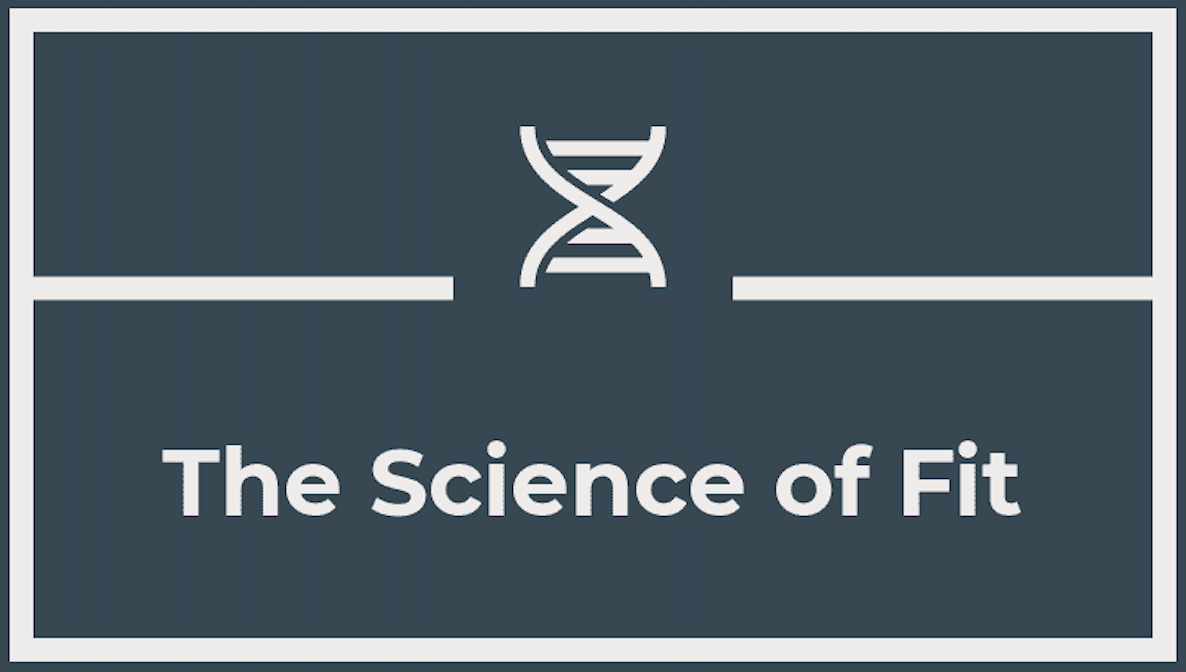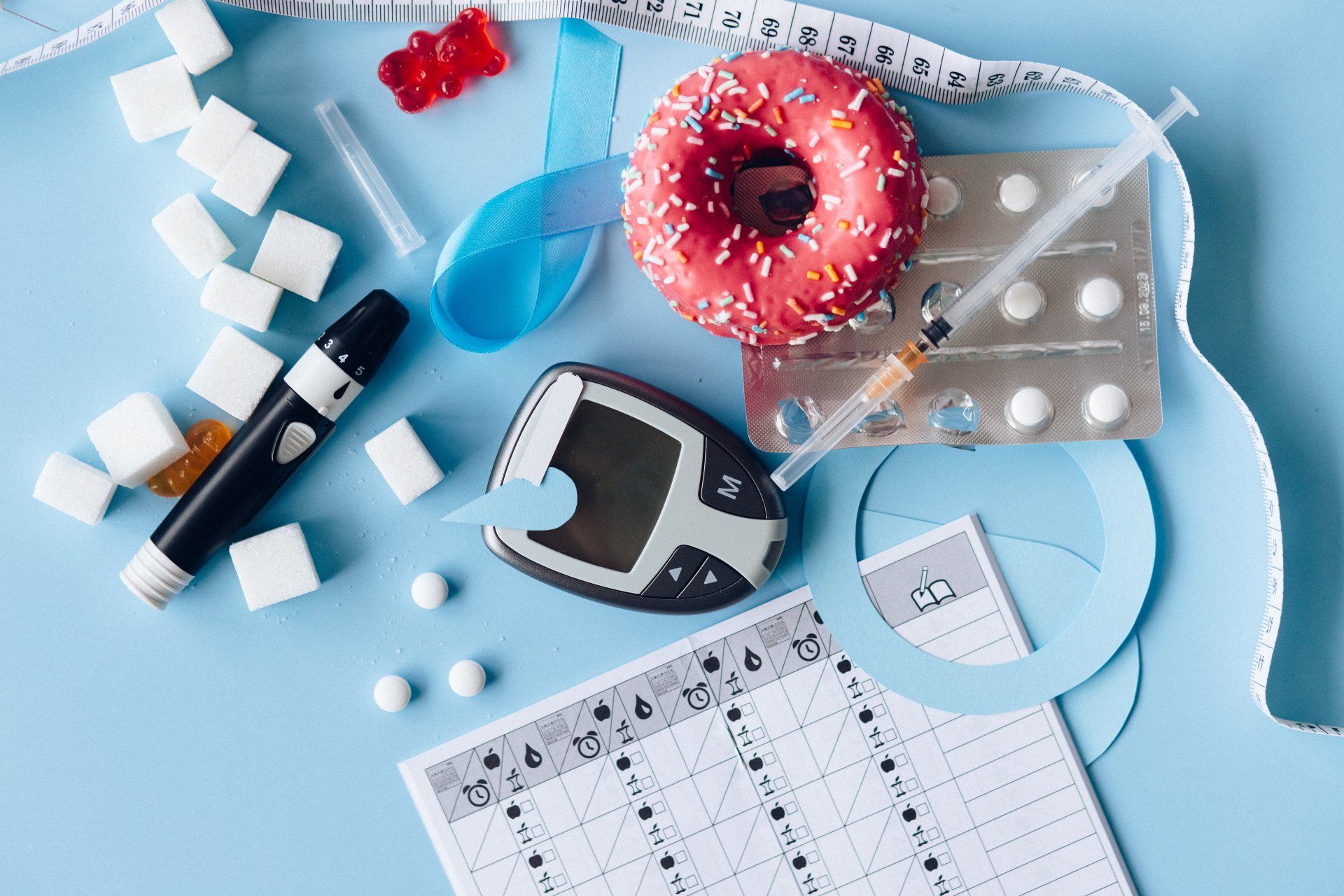LDL-P, the Emerging Sibling of LDL-C
Low-Density Lipoprotein Particle Number (LDL-P): Unveiling the Hidden Dimension of Cardiovascular Risk Assessment

Introduction:
Cardiovascular disease (CVD) remains a leading global health concern, necessitating continuous advancements in risk assessment methodologies. Traditionally, the focus has been on low-density lipoprotein cholesterol (LDL-C) as a key marker of atherogenic risk. However, the limitations of LDL-C have prompted the exploration of alternative metrics, leading to the emergence of low-density lipoprotein particle number (LDL-P) as a crucial dimension in cardiovascular risk evaluation.
Understanding LDL-P:
LDL-P refers to the number of circulating LDL particles, encompassing various sizes and compositions. Unlike LDL-C, which measures the cholesterol content within these particles, LDL-P quantifies the actual number of particles in the bloodstream. This distinction is pivotal because the atherogenic potential of LDL is not solely determined by cholesterol levels but also by the number and characteristics of the particles themselves.
Measurement Techniques:
Measuring LDL-P involves advanced lipid testing methods, such as nuclear magnetic resonance (NMR) spectroscopy or ion mobility. These techniques provide a direct count of LDL particles, offering a more comprehensive view of lipoprotein metabolism. This stands in contrast to conventional LDL-C measurements, which rely on indirect methods and may not capture the full spectrum of atherogenic particles.
Discordance Between LDL-C and LDL-P:
One of the striking revelations in lipidology is the frequent discordance between LDL-C and LDL-P levels, a phenomenon known as atherogenic dyslipidemia. This dissonance underscores situations where traditional cholesterol measurements may not fully represent the cardiovascular risk posed by LDL particles. For example, individuals with elevated LDL-P but seemingly normal LDL-C may have an increased risk of atherosclerosis, especially if composed of smaller, denser particles.
Clinical Implications:
The discordance between LDL-C and LDL-P has significant clinical implications. It challenges the conventional treatment paradigm that predominantly relies on LDL-C thresholds. Individuals with discordant profiles may warrant more personalized and nuanced approaches to risk assessment and management. The inclusion of LDL-P in the evaluation process enables healthcare providers to identify patients at heightened risk who might be overlooked by traditional metrics.
Small Dense LDL Particles:
Within the realm of LDL-P, the recognition of small dense LDL particles (sdLDL) is particularly noteworthy. These particles exhibit greater atherogenic potential due to increased susceptibility to oxidation, prolonged circulation times, and enhanced penetration of the arterial wall. Traditional LDL-C measurements often fail to discriminate between these small dense particles and larger, less atherogenic LDL subclasses. LDL-P, by capturing the number of particles, provides a more refined assessment of the composition and potential risk associated with sdLDL.
Future Directions:
The exploration of LDL-P represents a frontier in cardiovascular risk assessment. As research progresses, further refinement of risk prediction models incorporating both LDL-C and LDL-P is anticipated. Prospective studies evaluating the clinical utility of LDL-P in predicting cardiovascular events may contribute to the establishment of evidence-based guidelines that embrace this additional dimension of risk assessment.
Conclusion:
In the pursuit of more accurate cardiovascular risk assessment, LDL-P emerges as a key player in lipidology. Its ability to quantify the number of circulating LDL particles, including the atherogenic small dense subtypes, provides a more nuanced perspective on the intricacies of lipoprotein metabolism. As the scientific community continues to unveil the hidden dimensions of cardiovascular risk, the integration of LDL-P into clinical practice may herald a new era of precision medicine, offering tailored strategies for the prevention and management of cardiovascular disease.










